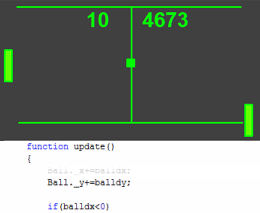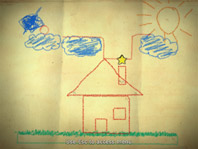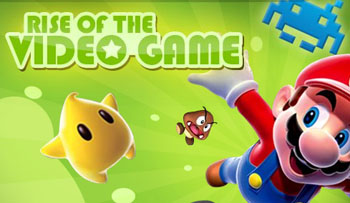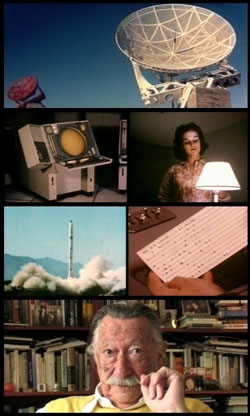Noah’s analysis of The Sims suggests that The Sims succeeds as a game experience because it exposes the characters’ inner processes to the player. In reaction, Richard Evans, working on a related to-be-announced product, describes the debate he and his colleagues are having over how much of their NPCs’ inner workings to expose. Richard’s position is that players need “a clear mental model” of how the characters operate in order to for players to “project” themselves onto the characters — in particular, to allow players to believe the characters are deeper than they actually are, to believe in them as true characters.
This is a perfect opportunity for me to revive a discussion from about a year ago, “Transparency in the Behavior of and Interface to NPCs“. A very good discussion was just getting underway at the time, that due to time constraints I never added further comments to.
I’d like to continue that discussion, if any of you would like to. Please (re-)read that post, or my attempt here to summarize the discussion’s essential points:
I (Andrew) wrote: when interacting with a system/simulation/world, transparency is highly desirable, since transparency makes a system easy to learn, understand, and use. Simultaneously, we desire to make humanistic NPCs that, via interaction, allow players to experience and gain understanding of the nature of real people, e.g. human behavior, psychology, and culture. An essential human quality is our messiness: people are complicated, mysterious, nuanced, moody, fickle, often surprising and unpredictable under pressure. Similarly (and problematically), compelling characters are not transparent; you can’t control them, and that’s the point. That’s why they’re interesting to interact with. Real people aren’t machines that can be fiddled with once you understand their mechanism. In fact we should build our NPCs to get annoyed if you try to break them or crack them! Furthermore, exposing the inner workings of NPCs can hamper players from believing in them as flesh-and-blood characters, since their artificiality is made so obvious.
In the discussion, Nicolas H. agreed: “We can’t read minds. We can’t be in other people’s heads. … I know many Non-Gamers (especially women) who think that this is the fun in human interaction: Guessing what other people are up to, how they ‘tick’ inside.”
Breslin countered with several insightful points, with a similar view to Richard’s now. “I think it’s wrong to conceal the mechanism entirely, to try to make the mechanism too smart to be gamed, and so on.
This is a preview of
Transparency, or Not? It Remains Unclear
.
Read the full post.





 The
The  Much like I felt from the
Much like I felt from the 
 This looks interesting: filmmakers Peter Haas and Silvia Holzinger began making a documentary film about computer pioneers and “grandfather nerds”; they ultimately turned their focus to the now 84-year-old Joseph Weizenbaum. The resulting piece is called
This looks interesting: filmmakers Peter Haas and Silvia Holzinger began making a documentary film about computer pioneers and “grandfather nerds”; they ultimately turned their focus to the now 84-year-old Joseph Weizenbaum. The resulting piece is called